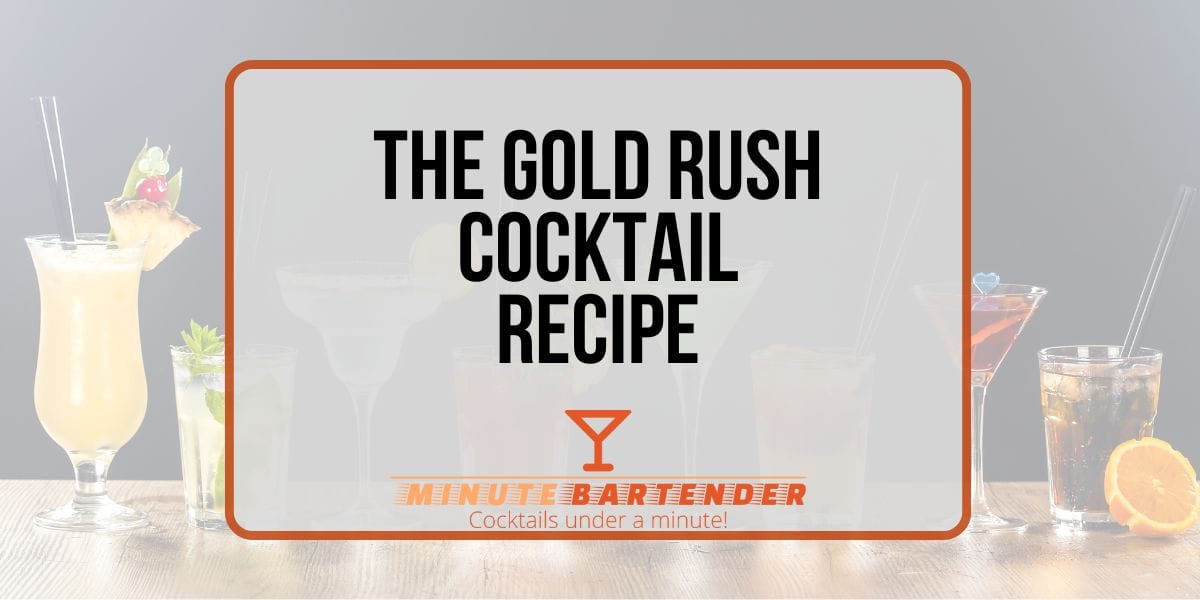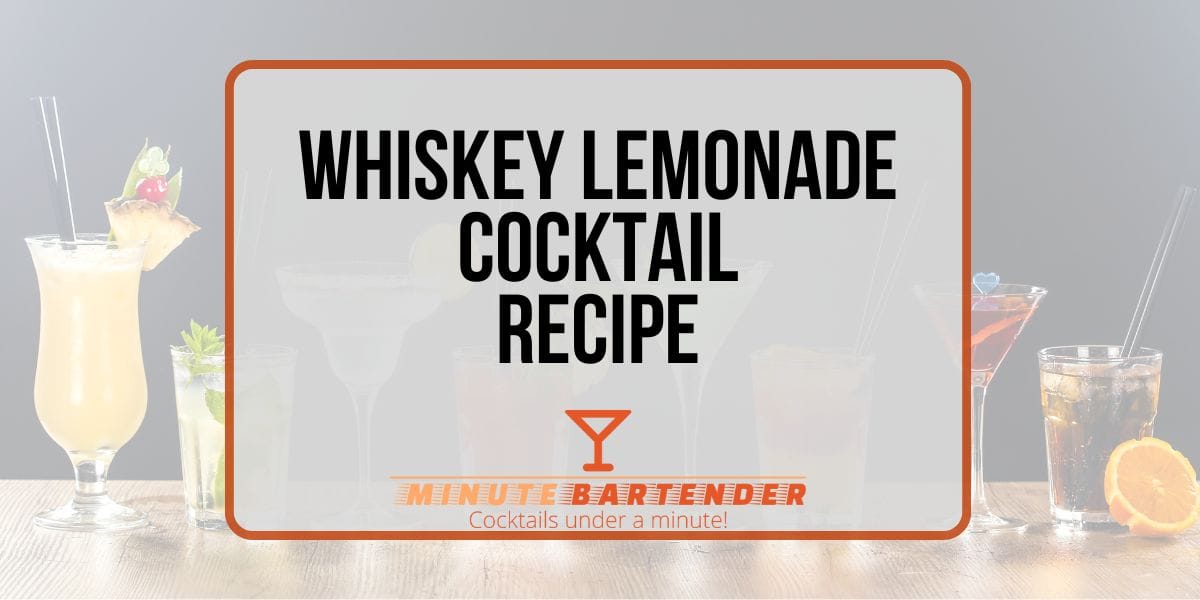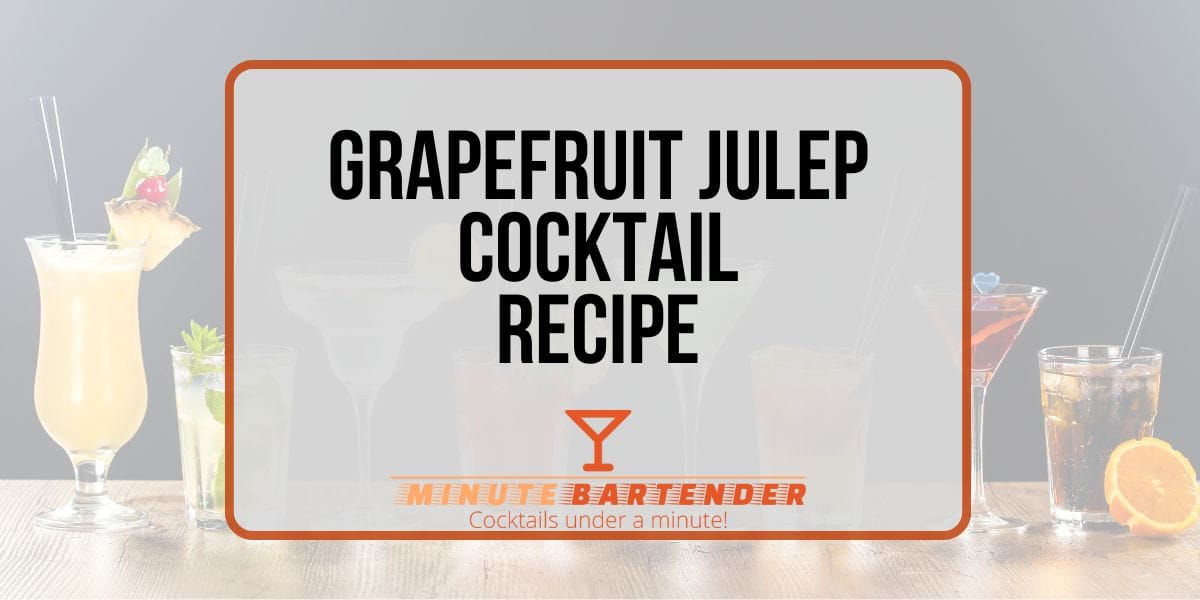The Ohio cocktail might not have originated in the Buckeye State, but this elegant, champagne-topped libation has earned its place among classic cocktails worth rediscovering.
With roots tracing back to early 20th century Germany, the Ohio has maintained a quiet but devoted following in sophisticated cocktail circles, particularly in Berlin’s speakeasies.
Whether you prefer the whiskey-based version or its cognac counterpart, this versatile cocktail offers a perfect balance of rich spirits, subtle sweetness, and effervescent finish that makes it ideal for celebrations or sophisticated evenings.
Ohio Cocktail Ingredients
The beauty of the Ohio cocktail lies in its adaptability, with two main variations to choose from. We’ll focus on the whiskey-forward version popularized by Berlin’s famous Buck and Breck speakeasy:
Whiskey Ohio (Buck and Breck Style):
- 1½ oz rye whiskey (50% ABV)
- ¾!– /wp:list-item –>
- ¼ oz orange curaçao
- ¼ oz China-China liqueur (or substitute with Amaro Nonino)
- 2 dashes Angostura bitters
- 2 oz champagne or sparkling wine
Alternative Cognac Ohio:
- 1½ oz cognac
- ½ oz orange curaçao or triple sec
- 2 dashes Angostura bitters
- 2 oz champagne or sparkling wine
Step-by-Step Mixing Guide
Creating the perfect Ohio cocktail requires attention to detail and proper technique:
- Chill Your Glass: Place a champagne flute or coupe glass in the freezer for about 5 minutes to ensure your cocktail stays cold longer.
- Combine Base Ingredients: In a mixing glass, add all ingredients except the champagne (whiskey or cognac, vermouth if using, curaçao, bitters, and China-China if using).
- Add Ice & Stir: Fill the mixing glass with ice and stir gently for about 30 seconds until well-chilled. The stirring technique is crucial here – you want to achieve proper dilution and temperature without over-agitating the ingredients.
- Strain: Using a fine strainer, pour the mixture into your chilled glass, leaving room for the champagne.
- Top with Champagne: Carefully add the champagne or sparkling wine to top off the drink. Pour slowly along the side of the glass to preserve the bubbles.
- Garnish: Finish with an expressed orange peel twist, running the outside along the rim before dropping it into the glass or discarding.
Substitutions and Variations
Don’t have all the ingredients? Here are some creative substitutions that maintain the spirit of the Ohio cocktail:
- Whiskey Options: While rye is traditional, you can substitute with bourbon, Canadian whisky, or even a blended Scotch for different flavor profiles.
- Vermouth Alternatives: No sweet vermouth? Try port wine (though use slightly less) or a combination of dry vermouth with a touch of simple syrup.
- Curaçao Substitutes: Triple sec, Cointreau, or Grand Marnier can replace orange curaçao, each bringing their own character to the drink.
- China-China Replacements: This bitter orange liqueur can be hard to find. Amaro Nonino, Campari with a touch of orange bitters, or even Aperol can provide the bitter-orange notes needed.
- Sparkling Options: While champagne is traditional, any quality dry sparkling wine works well. Prosecco offers a fruitier profile, while Cava provides a closer match to champagne at a lower price point.
- Non-Alcoholic Version: Replace the spirits with non-alcoholic alternatives and use alcohol-free sparkling wine for a sophisticated mocktail experience.
What Makes the Ohio Cocktail Special
What truly sets the Ohio cocktail apart is its fascinating dual identity and remarkable versatility. The combination of rich base spirits with the effervescence of champagne creates a textural experience that few other cocktails achieve.
The whiskey version offers warm spice notes balanced by vermouth’s herbal qualities, while the cognac variation provides a smoother, fruit-forward foundation.
I particularly appreciate how the Ohio bridges the gap between spirit-forward classics like the Manhattan and celebratory champagne cocktails. The orange notes from the curaçao provide brightness, while the bitters tie everything together with aromatic complexity. It’s a harmonious blend that works equally well as an aperitif or a special-occasion toast.
Cocktail History
The Ohio cocktail has a fascinating but somewhat mysterious history. Unlike many classic cocktails with clear American or European origins, the Ohio emerged in German cocktail books in the 1910s, making it a Prohibition-era creation with distinctly German roots.
Two competing recipes appeared in the 1913 German cocktail guide “Lexikon der Getränke” by Leybold and Schönfeld, listed as “Ohio Cocktail I” and “Ohio Cocktail II.” This dual-recipe approach continues to define the drink today, with both whiskey and cognac versions considered authentic.
The cocktail enjoyed considerable popularity in Germany during the first half of the 20th century, being described in a 1958 German cocktail book as “a well-known and beloved sparkling wine cocktail which will be mixed in nearly every bar after their own special recipe.” However, its popularity began to fade in the 1970s and 1980s.
Today, the Ohio cocktail maintains a devoted following in classic cocktail establishments, particularly in Berlin speakeasies like Buck and Breck, which have helped preserve and revitalize this elegant libation.
Taste Profile
The Ohio cocktail offers a sophisticated, multi-layered tasting experience:
- Initial Impression: The first sip delivers the rich warmth of whiskey or cognac, establishing a strong foundation.
- Mid-palate: Sweet vermouth (in the whiskey version) contributes herbal complexity, while orange curaçao adds bright citrus notes that lighten the experience.
- Finish: The effervescence of champagne lifts the entire cocktail, providing a crisp, refreshing finish with subtle bitter undertones from the bitters and China-China (if used).
- Overall Character: Depending on the base spirit chosen, expect either a spicy, robust profile (whiskey) or a smoother, fruit-forward experience (cognac), both with excellent balance between sweetness, bitterness, and acidity.
The texture is particularly noteworthy – silky and substantial from the spirits, yet light and effervescent from the champagne, creating a delightful contrast with each sip.
Serving Suggestions
The Ohio cocktail deserves elegant presentation to match its sophisticated flavor profile:
- Glassware: Traditionally served in a champagne flute to showcase the bubbles, though a chilled coupe glass provides a more vintage aesthetic.
- Temperature: Always serve well-chilled for optimal flavor and effervescence. Pre-chill all ingredients when possible.
- Occasion: Perfect for celebrations, wedding toasts, New Year’s Eve, or anytime you want to elevate a cocktail experience. The Ohio makes an excellent pre-dinner aperitif.
- Garnish: A simple expressed orange peel twist works beautifully, though a high-quality cocktail cherry can be added for color and sweetness.
- Ice: Served without ice to maintain the perfect temperature and dilution achieved during mixing.
Perfect Pairings: Appetizers for the Ohio Cocktail
The Ohio cocktail’s complex flavor profile makes it versatile for food pairings. These appetizers complement its character beautifully:
- Oysters on the Half Shell: The briny, mineral notes contrast beautifully with the cocktail’s sweetness and effervescence.
- Aged Cheese Board: Select nutty, aged cheeses like Gouda or Manchego with dried fruits and nuts to echo the cocktail’s complexity.
- Smoked Salmon Canapés: The richness of salmon works wonderfully with the bright, effervescent qualities of the drink.
- Mushroom Tartlets: Earthy mushrooms balance the cocktail’s fruitier elements, especially in the cognac version.
- Duck Rillettes: For the whiskey-based Ohio, the rich, savory flavors of duck create a perfect counterpoint.
- Spiced Nuts: Simple but effective, the warm spices mirror similar notes in the cocktail.
Alcohol Content and Nutritional Information
The Ohio cocktail is a moderately strong drink with an alcohol by volume (ABV) of approximately 16-18%, positioning it between wine (typically 12-14%) and spirits (40% ABV).
Nutritional Values (Approximate per serving):
- Calories: 140-160 kcal
- Carbohydrates: 5-8g (primarily from the vermouth and curaçao)
- Sugar: 3-6g
- Fat: 0g
- Protein: 0g
The calorie content varies depending on specific ingredients used, particularly the sweetness of the vermouth and curaçao. The champagne adds minimal calories while contributing significantly to the cocktail’s character.
Final Thoughts
The Ohio cocktail represents the perfect marriage of American and European drinking traditions, combining the structure of classic spirit-forward cocktails with the celebratory nature of champagne. Its versatility allows for personalization while maintaining its distinctive character, making it an excellent addition to any cocktail enthusiast’s repertoire.
Whether you choose the whiskey or cognac version, the Ohio deserves a place among rediscovered classics. Its elegant balance, fascinating history, and sophisticated profile make it perfect for special occasions or anytime you want to elevate your cocktail experience. Cheers to this German-born classic with American flair!











